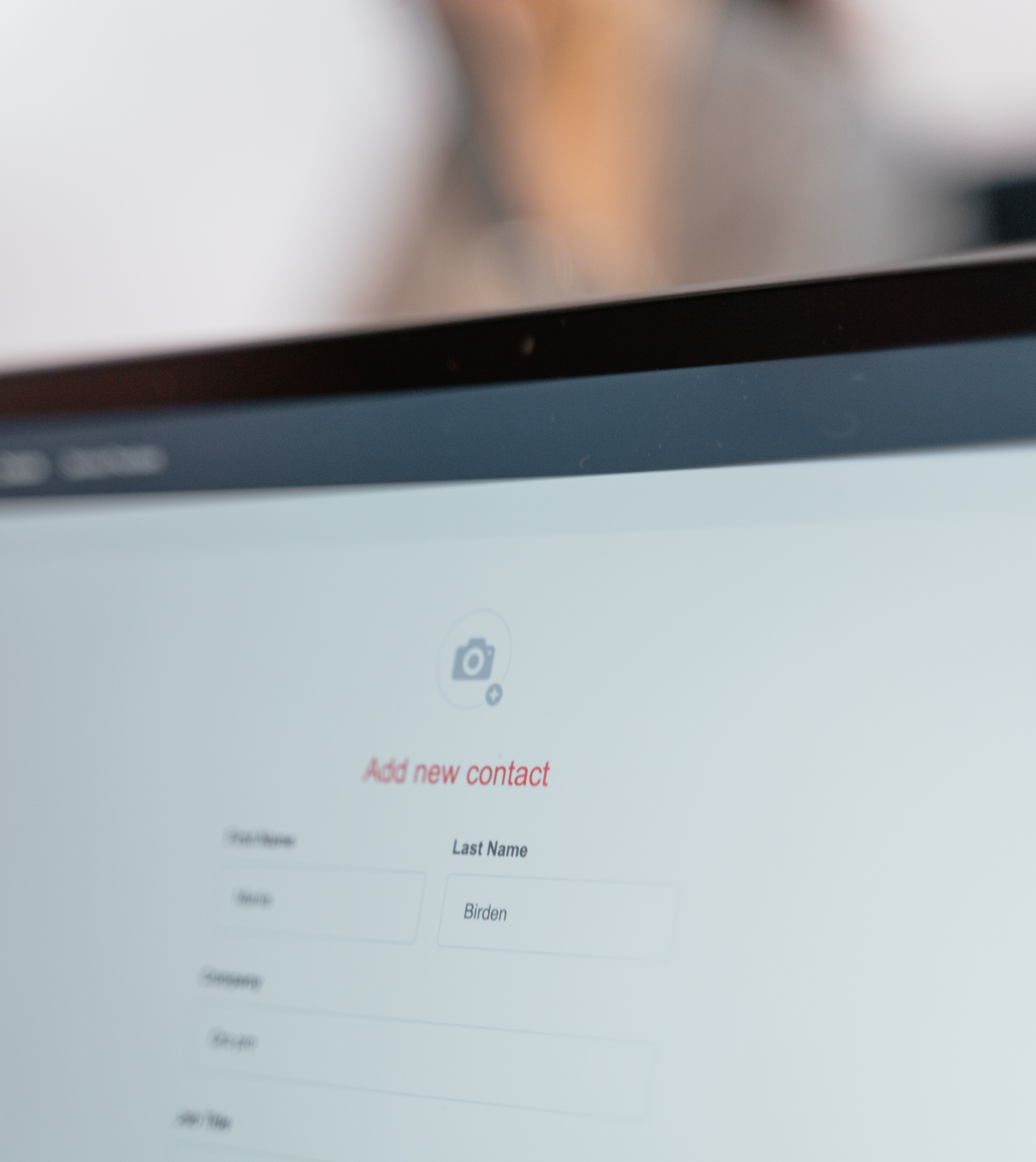Personalisation has now become an expected aspect of every customer’s journey. According to Accenture, 79% of consumers say the more personalisation tactics a brand uses, the more loyal they are. This would suggest it’s pretty clear - personalisation does boost customer loyalty. But let’s dig a little deeper…
Examples of personalisation
It’s important to collect customer data wherever possible. The more you collect, the more you can understand your audience and try to personalise their journey. There are many simple ways you can do so:
- Ask users to create an account
- Ask users to fill in surveys/questionnaires that require their email or number
- Create loyalty programs/reward schemes
- Set up competitions that your audience will engage in
- Use gated content
By collecting this data and storing it in a centralised location (such as a CRM system), you can segment your audience via customer personas. You can then use these personas to create dynamic and personalised content that is more engaging to the specific customer. Let’s explore some personalisation tactics you can use:

Know and use their name
By marketing to your customer using their name, this immediately personalises the message that follows. It’s a great way to stand out from your competitors and make the customer feel more attached to your brand.
Tailor product/content recommendations
Being able to recommend products to your customer that you know they have shown an interest in or are similar to other products they have bought is another great way to personalise their journey. This improves the customer experience and will boost sales.
Suggest products/content based on customer data
Use customer data in ways such as ‘other people bought this’. By segmenting products to certain profiles it can work in the same way as product recommendations and boost sales
How can personalisation boost sales and loyalty?
By creating a more engaging and dynamic customer experience, you will build up trust. Once your customers trust your brand and everything that comes with it, they will begin to make purchases and become a loyal customer. Here are some benefits of personalisation for B2B commerce:
Reduces conversion friction
The easier you make it to find your products and services on your website, the more likely they are to act. For example, if you have a certain piece of content you know your B2B customers are interested in, make it as navigable as possible to engage them and, in turn, boost the chance of conversion
Boosts customer loyalty
B2B buyers typically spend more time researching and considering products before making a purchase. By personalising their journey and improving the customer experience, it boosts trust and loyalty with your brand.
Increases time on website
Your website is your storefront, so the way it looks and feels matters. Simple touches such as greeting returning visitors by their first name or remembering what was in their basket/search history last time they were here can keep them on your page for longer. It can also push them to make a purchase.
Improves email performance
Target your audience using their name and personalise product/content recommendations to the individual customer. This will increase open and click rates which will, in turn, boost revenue.
For example, if you know they’ve read a certain guide then why not send them another guide? The more personalised the email, the more likely it’ll be read and your call-to action clicked on.

Boosts revenue
Perhaps boosting revenue is a top priority? Your customers are more likely to act and download or purchase from a brand they feel more engaged with.
You can find some great examples of how manufacturers are using personalisation here.
Keep customers for life with personalisation
As stressed throughout this blog, the more you can personalise, the better. Having a CRM system to centralise your customer data is important to making this happen. Personalisation creates engagement which in turn boosts customers sales and loyalty, click the button below for our guide on keeping customers for life.

